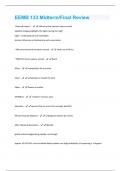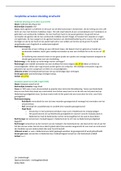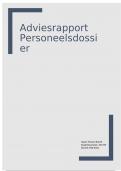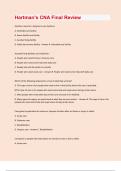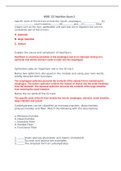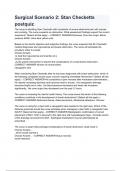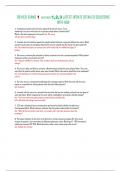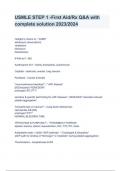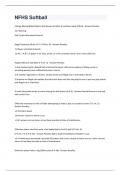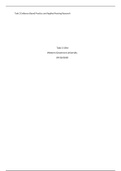Tentamen (uitwerkingen)
EEMB 133 Midterm/Final Review Updated 2024/2025 with complete solutions
- Vak
- Instelling
"Asteroid impact" - Influence that humans have on earth Satellite imaging highlights the lights during the night Light = continuing story of manhattan Human influences on biodiversity and conservation ~2M early hominind ancestors moved - north out of Africa ~70M first Homo sapiens moved - Nort...
[Meer zien]
